
30 Mar 2022

Returning to Reims
An intimate and political history of the French working class from the early 1950s to the present day.
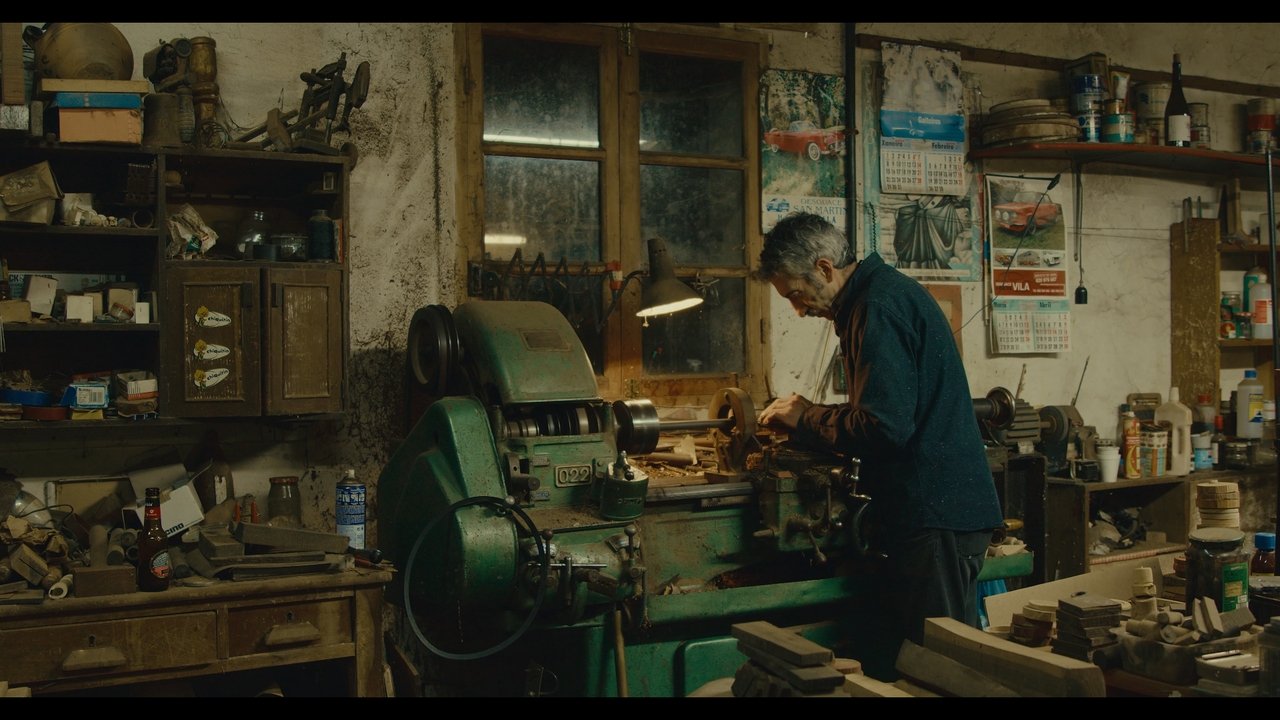

Self

30 Mar 2022

An intimate and political history of the French working class from the early 1950s to the present day.
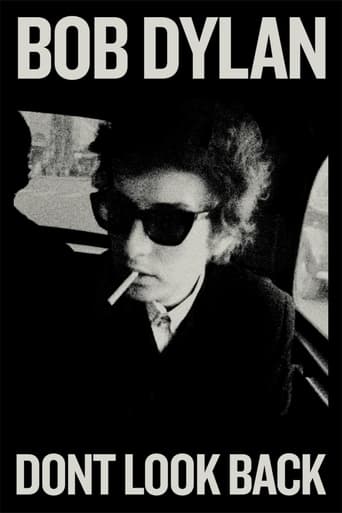
17 May 1967

In this wildly entertaining vision of one of the twentieth century’s greatest artists, Bob Dylan is surrounded by teen fans, gets into heated philosophical jousts with journalists, and kicks back with fellow musicians Joan Baez, Donovan, and Alan Price.
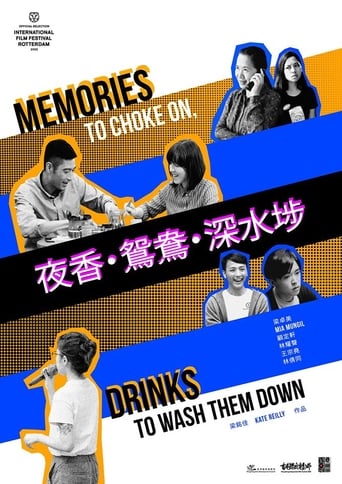
09 Nov 2019

This anthology film, whose Chinese title begins with a romantic name for human excrement, premiered internationally at Rotterdam and won Best Screenplay from the Hong Kong Film Critics Society. A variety of Hong Kong people wrestle with nostalgia when facing an uncertain future. Their stories give way to a documentary featuring a young barista turned political candidate.
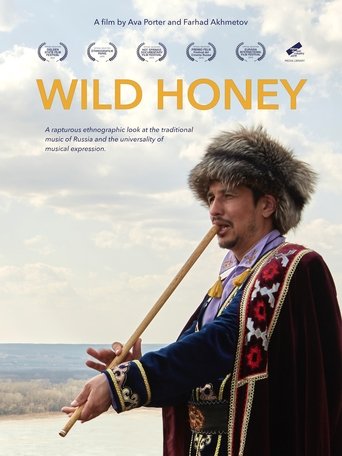

No overview found
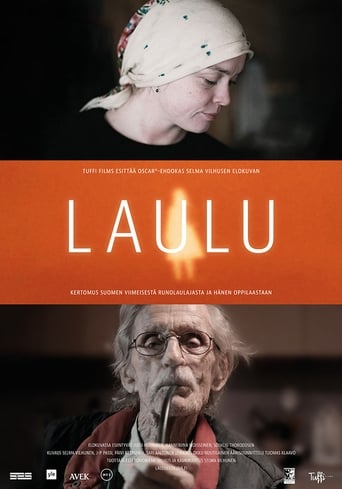
11 Apr 2014

Song is a story of the last Finnish rune singer and his pupil, and the comforting power of singing.
01 Jan 1994
No overview found
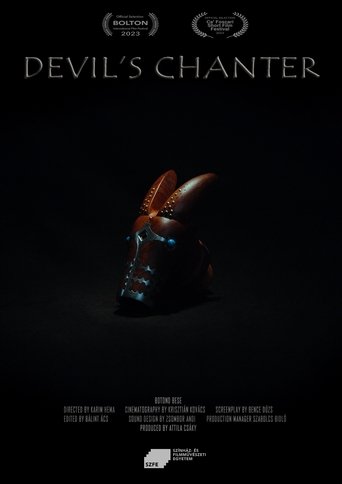

No overview found
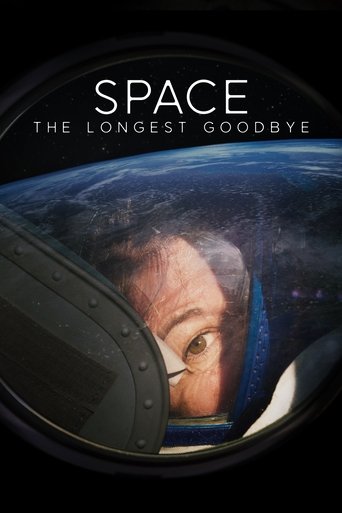
08 Mar 2024

Social isolation affects millions of people, even Mars-bound astronauts. A savvy NASA psychologist is tasked with protecting these daring explorers.
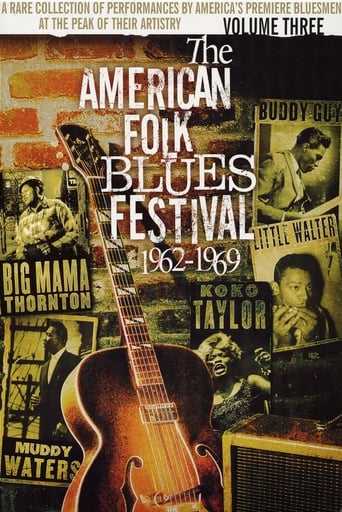
31 Aug 2004

Taken from the European tours organised for American blues musicians between 1962 and 1969, this release features performances by several popular blues artists, including: Big Mama Thornton, Roosevelt Sykes, Buddy Guy, Dr. Isaiah Ross, Big Joe Turner, Skip James, Bukka White, Son House, Hound Dog Taylor and Little Walter, Koko Taylor and Little Walter, Sonny Terry and Brownie McGhee, Helen Humes, Earl Hooker, and Muddy Waters.

26 Apr 1985

No overview found

23 Jan 1977

This film documents the coal miners' strike against the Brookside Mine of the Eastover Mining Company in Harlan County, Kentucky in June, 1973. Eastover's refusal to sign a contract (when the miners joined with the United Mine Workers of America) led to the strike, which lasted more than a year and included violent battles between gun-toting company thugs/scabs and the picketing miners and their supportive women-folk. Director Barbara Kopple puts the strike into perspective by giving us some background on the historical plight of the miners and some history of the UMWA. Preserved by the Academy Film Archive in partnership with New York Women in Film & Television in 2004.
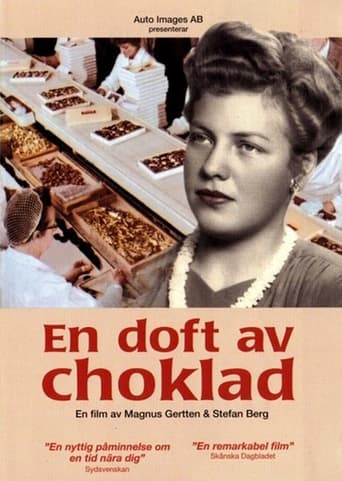
26 Oct 2002

Documentary about Margit Nielsen and her work at the Malmö chocolate factory.
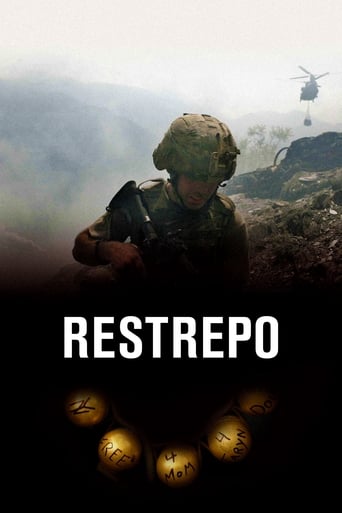
25 Jun 2010

Directors Hetherington and Junger spend a year with the 2nd Battalion of the United States Army located in one of Afghanistan's most dangerous valleys. The documentary provides insight and empathy on how to win the battle through hard work, deadly gunfights and mutual friendships while the unit must push back the Taliban.
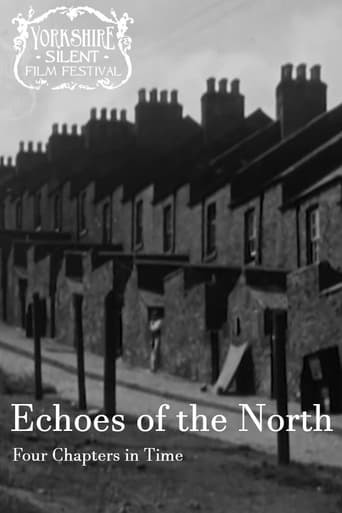
06 Nov 2022

A new film made from more than a hundred fragments of archive film, Echoes of the North transports you back to Northern England a century ago, taking its audiences down the highways and byways of northern life in the early 20th century - its industries and rural life, its wartimes and festivals, its transport, holidays, family excursions and huge, city-wide occasions.
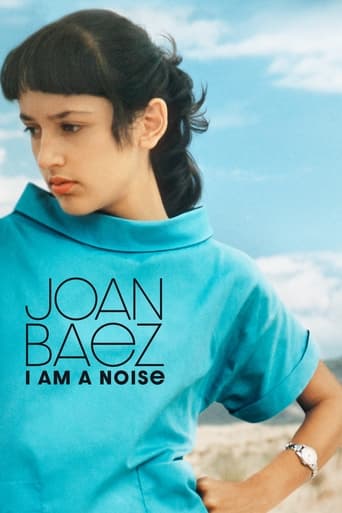
06 Oct 2023

Since her debut at the age of 18, musician, civil rights campaigner and activist Joan Baez has been on stage for over 60 years. For the now 82-year-old, the personal has always been political, and her friendship with Martin Luther King and her pacifism have shaped her commitment. In this biography that opens with her farewell tour, Baez takes stock in an unsparing fashion and confronts sometimes painful memories.

01 May 2025

Right in the heart of Hackney, The Cock Tavern is no ordinary East London pub. Renowned for its real ales, larger-than-life regulars, and a dose of eccentric charm, it also plays host to one of the capital’s quirkiest underground traditions: the pickled egg eating competition. How Fast Can You Eat a Pickled Egg? is a short documentary that dives headfirst into this bizarre yet beloved ritual, capturing the characters, chaos, and community spirit that make the event truly unforgettable. From local legends chasing eternal glory to wide-eyed newcomers testing their limits, the film is a funny and heartfelt portrait of a place where tradition is steeped in vinegar—and victory tastes oddly sulphuric.
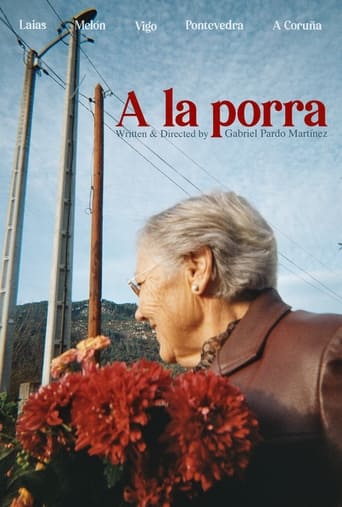
13 Nov 2023

No overview found
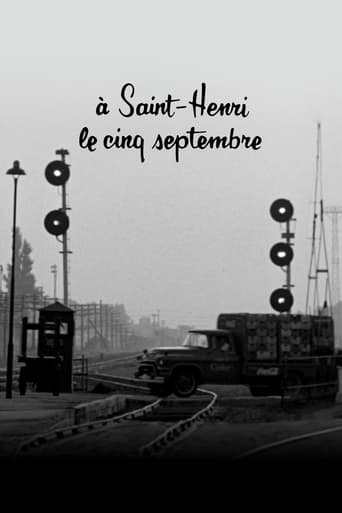
05 Sep 1962

This short film is a series of vignettes of life in Saint-Henri, a Montreal working-class district, on the first day of school. From dawn to midnight, we take in the neighbourhood’s pulse: a mother fussing over children, a father's enforced idleness, teenage boys clowning, young lovers dallying - the unposed quality of daily life.
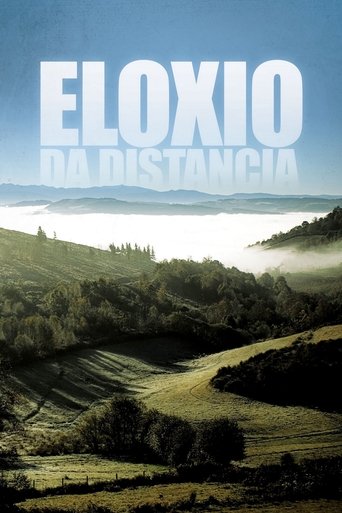
11 Oct 2008

Province of Lugo, Galicia, Spain. A year in the life of A Fonsagrada, a rural region whose inhabitants live both near and far from urban civilization; a praise of the distance that crosses the four seasons of the year, whose inevitable passage transforms both the natural environment and the existence of people, a simple, dignified and peaceful existence.

31 Dec 1930

This documentary shows how the Berliner workers lived in 1930. The director Slatan Dudow shows through images: a) the workers leaving the factory; b) the raise of the rents; c) the "unpleasant" guest, meaning the justice officer that brings the eviction notice; d) the fight of classes of the houses of capitalists and working classes; e) the parks of the working class; f) the houses of the working class, origin of the tuberculosis and the victims; g) the playground of the working class; h) the swimming pool for the working class, ironically called the "Baltic Sea" of the working class; i) the effects of humidity of basement where a family lives, with one member deaf; j) one working class family having dinner while the capitalist baths his dog; k) the eviction notice received from an unemployed family and their eviction.